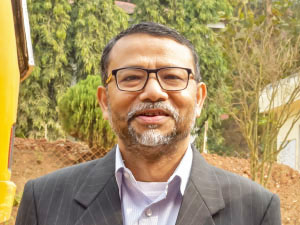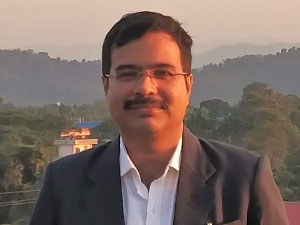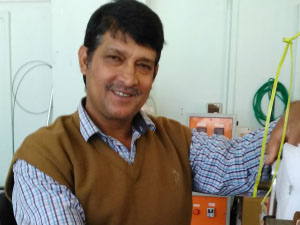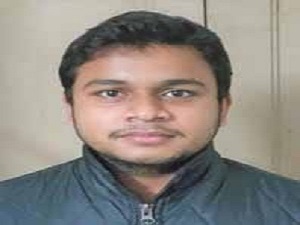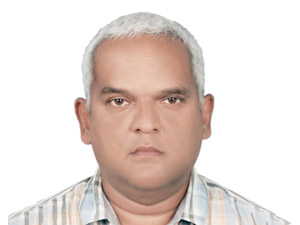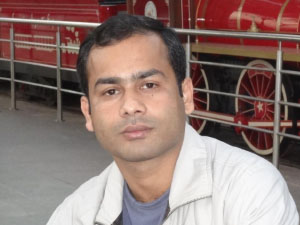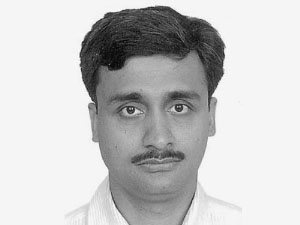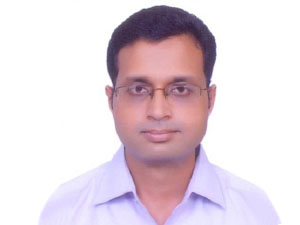
|
||||||||||||||||||||||||||
|
||||||||||||||||||||||||||
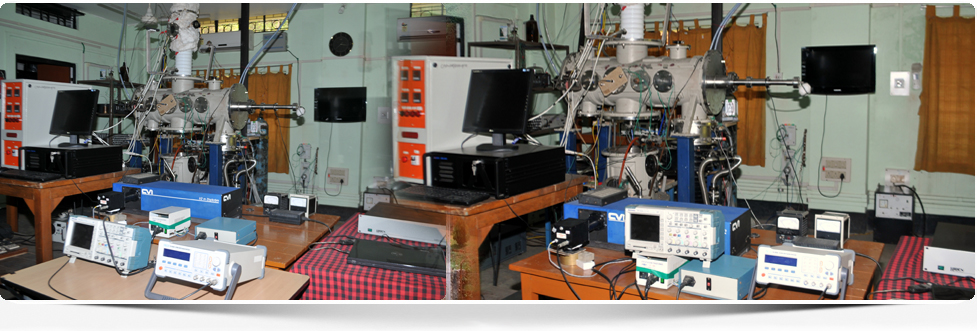 |
||||||||||||||||||||||||||
|
Dusty Plasma and Negative Hydrogen Ion Extraction Laboratory |
||||||||||||||||||||||||||
|
Overview of the laboratory
The Dusty Plasma Laboratory of CPP-IPR was established in 1997 with the financial support of Department of Science and Technology, India.
A few projects funded by different funding agencies have been completed successfully. It is a well-equipped laboratory with different diagnostic tools
that are necessary for dusty plasma experiments. Different researchers have published a good number of publications in different international journals
from the laboratory. A glimpse of present research project under 12th Plan (Department of Atomic Energy, Govt. of India) is as follows. Experimental Dusty Plasma
The experimental dusty plasma device consists of a horizontal plasma chamber and a vertical dust dropping unit. The horizontal plasma chamber is a stainless steel cylindrical chamber of length 100 cm and having a diameter of 30 cm. The chamber is evacuated up to a pressure of 〖10〗^(-6) mbar with the help of a diffusion pump backed by a rotary pump. Plasma is produced by a hot cathode filamentary discharge technique. Multiple viewing ports are available in the chamber. Multi-cusp magnetic confinement system is used for confining the plasma. The vertical dust dropping unit is placed above the horizontal chamber having a height of 72 cm and 15 cm in diameter. Recent Research Outcomes
Effect of dust particle and magnetic field on EEPF and plasma oscillation The significance of dust particles for the electron energy probability function (EEPF) and plasma oscillations is studied under varying magnetic field strength in a filamentary discharge hydrogen plasma. The experimental result shows that with an increase in dust density, the electron density decreases as a result of the charging of dust grains in the plasma background. We have observed that the increase in magnetic field decreases the lower energy electron population. From the study of plasma oscillation, it is observed that the dominant frequency associated with the plasma oscillation is matched with the ion cyclotron frequency. The amplitude of the ion cyclotron frequency reduces with the increase of dust density which might be due to the decrease of plasma density
Novel technique of producing negative hydrogen ions H− ion based neutral beam injector is a critical heating and current drive system in a fusion reactor. However, the present H− ion source configuration has limitations in terms of production, extraction, cesium (Cs) inventory and management. To overcome these limitations, a proof-of-principle experiment based on a novel concept regarding surface assisted volume H− ions production by sprinkling Cs coated tungsten (W) dust grains (low work function surface) into a hydrogen plasma is carried out. Four different diagnostics have been used to validate the concept. The H− ion fraction is estimated from (a) Langmuir probe diagnostic, (b) phase velocity of ion acoustic waves, (c) dust current and confirmed by the measurement of (d) Balmer line ratio. The measured H− ion fraction with respect to the plasma density for different discharge conditions varies from ~0.2 to 0.3 in presence of Cs coated W dust particles.
Ongoing experiments Controlled production of two-electron temperature plasma and related experiments In low pressure filament discharge plasmas, three groups of electrons are observed, ionising electrons, hot electrons and cold electrons. The ionising electrons are emitted from the filaments, which are accelerated by the discharge voltage towards the chamber walls. The hot electrons are those ionising electrons who lose energy due to collisions with the background gas, and the cold electrons are formed due to ionisation of neutral gas species. At high neutral pressure, the ionising electrons become identical to the hot electrons due to an increase in inelastic collisions with the neutrals and consequently a bi-Maxwellian electron distribution is achieved. The ongoing experiment focuses on developing a controllable production technique of two electron plasma in the dusty plasma experimental chamber. The study aims at establishing a handy mechanism for the production of two electron groups and later on the effect of hot electrons on dust charging mechanism along with wave propagation will be investigated.
Extraction of Negative Hydrogen Ions produced by Cesium Coated Dust
Negative hydrogen ions (H− ions) play an important role in many terrestrial as well as extra-terrestrial natural physical phenomena. The negative ions are often used in many other industrial applications, such as in ion beam deposition studies, for micrometre-sized powder surface modification, damage-free nano-particle formation for quantum devices, bio-compatibility surface treatment in nerve cell engineering fields, tandem accelerators and high energetic Neutral Beam Injection (NBI) system for fusion reactor. In last few decades, many researchers have paid tremendous efforts to develop a high current, low-emittance H− ion sources to implement it in a NBI system. NBI is one of the most reliable auxiliary heating and current drive system used in a fusion reactor for thermonuclear fusion. Thermonuclear fusion has the potential to produce sufficient energy to satisfy the mounting demand of energy of modern world. For thermonuclear fusion, it is necessary to heat the plasma above hundred million degrees centigrade. To heat the plasma, high energetic neutral atoms are injected into the plasma with the help of NBI system.
The NHIEL is devoted in extracting the negative hydrogen ions produced by surface assisted volume production mechanism. For that purpose, the entire experimental system is developed in such a manner to enhance the production as well as the extraction process. Two high voltage DC power supplies (HVPS) are specifically developed for extraction as well as for acceleration of the negative ions produced from cesium coated tungsten dust. A 150 signals Data acquisition and control system with fibre optic link modules has been particularly designed and commissioned for the experiment.
| ||||||||||||||||||||||||||






